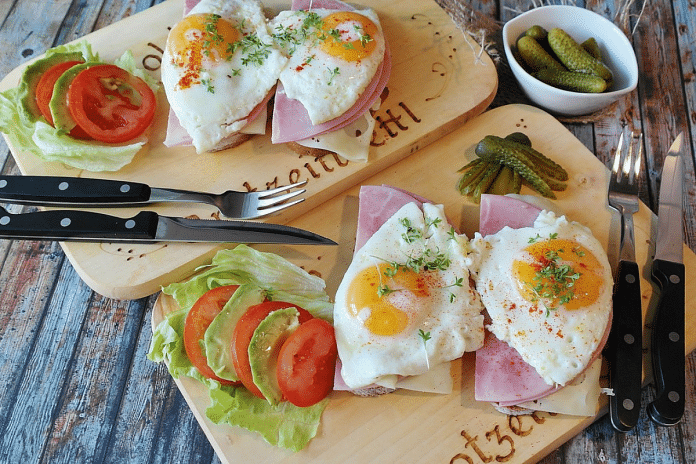For many, ageing is a word that evokes dread and denial. But there’s more to growing old and saying goodbye to youth — the World Health Organization recently developed the concept of ‘active ageing’, which is the optimisation of the quality of life through enhancing health, participation in society, security and assistance. It is a process in which individuals engage with others according to their needs, desires, and abilities.
According to Macrotrends, life expectancy in 2023 has increased to 73.16 years for the global population. But to many, quality of life matters more than length. The most common concern is whether one can still engage in meaningful activities in old age. And that is the goal of active ageing — to be able to operate independently with optimum physical efficiency.
Certain unavoidable challenges come our way when we age. Muscle loss accelerates, our mobility debilitates, and we become more prone to falling, getting injured, and fracturing bones. To combat all this, it is imperative to consume adequate amounts of protein, which contains essential amino acids and helps in replenishing muscle loss, a major cause of increased risk of injuries in old age. A healthy musculoskeletal system contributes to an active lifestyle and a satisfying quality of life.
Also read: Is consuming lab-grown meat ethical, nutritious, safe? What the evidence says
The process behind it
While we’re taught from a young age that protein helps build muscle — a process known as muscle homeostasis — its role is much more complex. Research has shown that the mTOR (mammalian target of rapamycin) enzyme, is a signalling pathway or ‘switch’ that once activated can sense and integrate new muscle production. It is most active when you consume protein-rich foods or exercise. Leucine, an essential amino acid along with insulin, plays a key role in activating the mTOR signalling pathway. In a 2014 review, a group of US-based researchers reported increased muscle protein synthesis in neonatal pigs following a meal. They noticed a post-prandial rise of amino acids, including leucine and insulin hormone.
With advanced age, the human body’s capacity to express mTOR — and restore muscle damage — is decreased. This condition is most common among older adults and is characterised by loss of muscle mass, strength, and functionality, commonly known as sarcopenia. It can be caused by anabolic resistance — the reduced ability to build and repair muscle tissue in the presence of anabolic stimuli such as strength training or protein. Between 20 to 60 years, an adult loses around 40 per cent of total muscle mass; at the age of 80, the loss ranges between 30 and 50 per cent. A 50 per cent muscle loss makes it challenging for an older adult to move freely — hence the greater risk of falling and getting injured.
How much protein is enough?
How much protein should older adults consume to support and regain lost muscle mass? For those aged 65 years, the European Society for Clinical Nutrition and Metabolism (ESPEN) and the International PROT-AGE Study Group recommend 1.0-1.2 gm protein per kg body weight per day, which is a slightly higher than the recommendation for younger adults, i.e., 1 gm per kg body weight per day. The PROT-AGE group also says that older adults suffering from acute or chronic diseases require even more protein — between 1.2 and 1.5 gm per kg body weight per day.
With age, insulin sensitivity to mTOR gets reduced and leucine is increasingly needed to kickstart muscle synthesis. To counteract the loss of lean mass in the elderly, it is recommended that elderly people consume 3 gm of leucine in the three main meals, along with 25-30 gm of protein per day. A 2014 study in the US’ National Library of Medicine mentioned that healthy older participants required more protein in a single meal than young men (who, on average, require more protein to fulfil caloric requirement than women) to initiate muscle mass production. Other reports have substantiated such findings too.
That foods such as ground beef, chicken, eggs, and salmon are excellent sources of protein is well-known. But contrary to popular belief, adequate protein can be obtained from multiple vegetarian food sources as well. Lentils, almonds, peanuts, soybeans, soy chunks, soy protein powder, and whey protein powder can be great options. Some other leucine-rich foods are dairy, brown rice, chia seeds, pork, and corn. Oatmeal with dry fruits, toast with peanut butter and scrambled eggs, chicken sandwich, and scrambled paneer with toast are good as breakfast choices. Having roasted chana, yoghurt, boiled egg, and mixed seeds throughout the day is also recommended.
One more challenge that we grasp as we age is the loss of appetite. Contributing factors include changes in taste and smell, loneliness, lack of interest in cooking, difficulty eating due to oral problems, and difficulty in digestion. Consequently, elderly people eat less and don’t get adequate macro- and micronutrients despite increased nutritional requirements. Studies have found that the average consumption of protein in older adults is lesser than that of younger adults.
To ensure active ageing, switch to a protein-rich diet — it can not only save you from the vagaries of old age but also conserve money and resources.
Dr Subhasree Ray is a PhD (Clinical Nutrition), a certified diabetes educator, and a public health nutritionist. Dr Ray is also part of a G-20 policy brief autor’s group, India. Her major areas of interest are sustainable diets and noncommunicable diseases. She tweets @DrSubhasree. Views are personal.
(Edited by Humra Laeeq)



